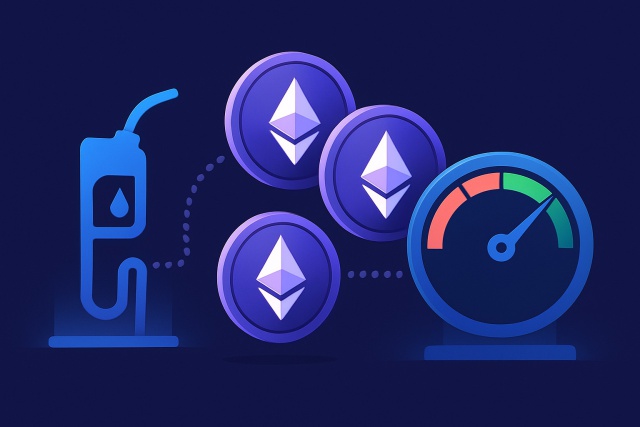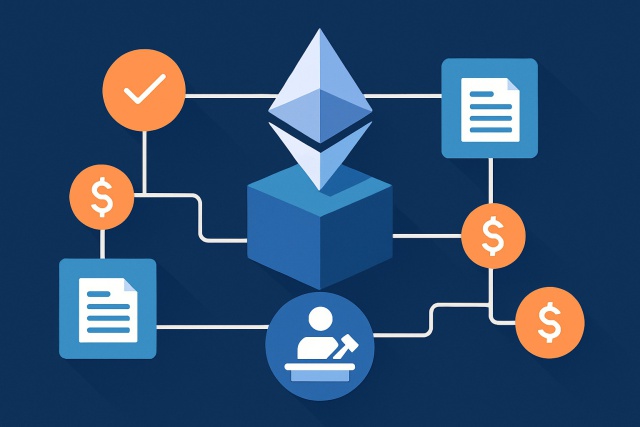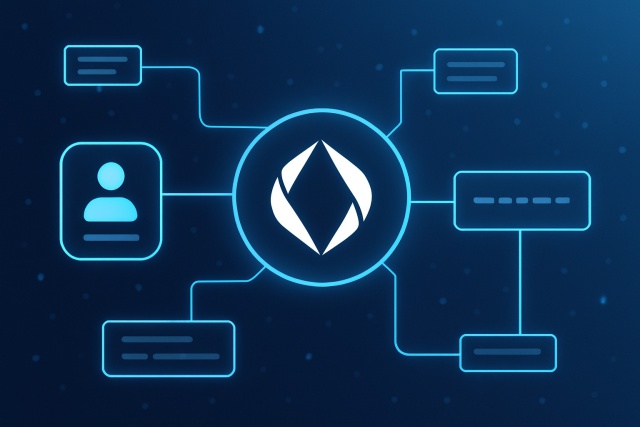Ethereum 2.0 Staking Explained for New Validators


Ethereum 2.0 staking signals a major shift in how the Ethereum network operates. When users stake their ETH, they’re not just holding coins—they’re actively helping to secure the blockchain and picking up rewards along the way.
What exactly goes into Ethereum 2.0 Staking?
Ethereum 2.0 staking involves locking up your ETH to help validate transactions and keep the network running smoothly and securely. The energy-guzzling Proof-of-Work system is a thing of the past because Ethereum 2.0 now relies on the Proof-of-Stake consensus.
- Validator: A participant who locks up their ETH and runs the necessary software to propose and confirm blocks—basically, the individuals who keep the show on the road.
- Beacon Chain: The main Ethereum 2.0 blockchain that juggles managing validators and keeping consensus humming along smoothly.
- Staking: The act of putting your ETH on the line as collateral to help secure the network—think of it as putting your money where your code is.
- Rewards: The ETH validators earn as a pat on the back for doing their job right and keeping things ticking.
- Slashing: The penalty system for validators who go off the rails—either by acting maliciously or just dropping the ball.
- Deposit Contract: The official Ethereum 2.0 smart contract where you lock in your ETH to become a validator—kind of like the front door to the validator club.
How Ethereum 2.0 Staking Actually Works (And Why It’s Worth a Closer Look)
When you decide to stake ETH, you start by locking up 32 ETH into the official deposit contract. This officially turns you into a validator, giving your node the power to propose new blocks and confirm those submitted by others.
Deposit 32 ETH into the official Ethereum 2.0 deposit contract to register yourself as a validator—think of it as your golden ticket.
Set up and run the validator client software so it can chat smoothly with the Beacon Chain.
Hop aboard the Beacon Chain where your validator will patiently wait in line before getting the green light.
Dive in by proposing new blocks and attesting to those assigned to you—this is where the fun begins.
Enjoy staking rewards for staying on your toes but watch out if you go quiet or slip up, penalties will come knocking.

Why Choose to Become a Validator? The Perks and Rewards That Make It Worthwhile
Becoming a validator not only opens the door to steady ETH staking payouts but also lets you take a hands-on role in securing and decentralizing Ethereum. Validators are truly the backbone of the network’s governance and stability.
- Validators usually enjoy a steady stream of staking rewards, offering a bit of that sought-after passive income.
- Playing a key role means you’re helping to uphold and bolster Ethereum’s decentralized security, which is no small feat.
- Staking your ETH lends a hand to the network’s big move toward a more energy-friendly and sustainable future.
- Jump in and make a real difference by actively participating in consensus and governance as a trusted player.
Staking on Ethereum 2.0 is a bit like earning interest by tucking your funds away in a super secure vault—one that’s not just safe, but actually plays a important role in keeping the whole network reliable and decentralized. It’s a neat way to support the ecosystem’s growth and stability over the long haul, giving everyone involved a stake in something bigger than themselves.
What You Need and a Handy Guide to Setting Up New Validators
Step into the shoes of an Ethereum 2.0 validator by having a minimum of 32 ETH tucked away and a reliable computer or server that won’t throw a tantrum on you—think steady internet connection and solid uptime. You’ll also need some validator client software like Prysm, Lighthouse or Teku to run your node and chat with the Beacon Chain smoothly.
| Requirement | Description | Example / Notes |
|---|---|---|
| ETH Minimum | You’ll need 32 ETH locked up to get your validator node rolling | Roughly $45,000 USD, though that swings with ETH’s price |
| Hardware Specs | A rig with at least 4 CPU cores, 8GB RAM, and 100GB SSD will do | Could be your trusty home PC or a dedicated box, your call |
| Internet Connection | A steady, high-speed broadband line with low latency is key | Keeps things running smoothly—less downtime, fewer missed attestations |
| Software Clients | Validator clients like Prysm, Lighthouse, Teku, or Nimbus | Choose what fits your OS, speed needs, and support preferences |
| Security Practices | Make sure to use secure key storage and have backups handy | This is your best bet against slashing headaches caused by key trouble |
| Slashing Risks | These happen if you double sign or go off the grid too long | Avoidable with proper setup and keeping an eye on things—trust me, it pays off |
Risks and Challenges That Keep Validators Up at Night
Staking can be quite rewarding but it’s not without hiccups—think slashing penalties that happen if things go sideways due to misbehavior, network issues or mistakes. Validators have to lock up their ETH which means those coins are on ice until later phases of Ethereum’s upgrade.
- Slashing penalties can seriously eat into your staked ETH if the protocol rules are broken—definitely not something you want to brush off.
- Every now and then technical glitches sneak in and your validator may drop offline without warning, much to your frustration.
- When network hiccups happen you might miss some attestations which usually means your rewards take a bit of a hit.
- Your staked ETH stays locked up tight and won’t be accessible until the network finishes rolling out certain updates.
- Guarding your private keys is tough but absolutely vital to keep your funds safe from theft or accidental loss.
Options for People Who Just Can’t Stake the Full 32 ETH
If you don’t have the full 32 ETH or the technical wizardry it takes, there are still a few neat options to jump in. Liquid staking services let you stake any amount of ETH and receive tokenized versions in return, which feels a bit like turning your coins into something more flexible. Then you’ve got staking pools, where individuals team up and combine their ETH to run a validator together.
- Liquid staking platforms give you tokens that represent your staked ETH so you can keep your assets accessible while earning rewards.
- Centralized staking providers handle setting up and running validators and usually take a cut for their efforts—like paying someone to mow your lawn but expecting a neat job.
- Decentralized staking pools let communities band together to pool their ETH and share the staking journey and rewards.
- There are pitfalls to watch out for like trusting the other party, paying fees, and understanding how decentralized each option really is.
Step-by-Step Guide to Becoming an Ethereum 2.0 Validator
Ready to dive into the world of Ethereum 2.0 validation? Whether you’re a crypto enthusiast or just curious, here’s a straightforward walkthrough to get you from zero to hero in no time.
Grab 32 ETH from an exchange or a wallet where you hold the private keys—no shortcuts here.
Choose a staking client like Prysm or Lighthouse that plays nice with your operating system.
Fire up the official Ethereum launchpad tool to create your validator keys, then tuck them away safely offline—think of it as your digital piggy bank.
Send your 32 ETH to the Ethereum 2.0 deposit contract using the launchpad interface—don’t rush it, double-check everything.
Keep an eye on your validator’s performance and status regularly through dashboards or client logs—consistency is key.
Make sure your software is always up to date and your internet connection stays rock solid to maximize rewards and dodge any penalties.
Avoid the usual slip-ups by sticking with the official Ethereum launchpad when making deposits for Ethereum 2.0 staking. Remember, never ever share your private keys because it’s like giving away the keys to your house. And don’t forget to keep your hardware secure and running smoothly. Reliable gear makes all the difference. Staying sharp and performing regular check-ups usually keeps those staking rewards coming in nicely.
Useful Links
Start Your Crypto Journey with Coinbase Today
Ready to enter the cryptocurrency market but unsure where to begin? Coinbase makes buying, selling, and storing digital assets simple and secure for beginners and experts alike.








